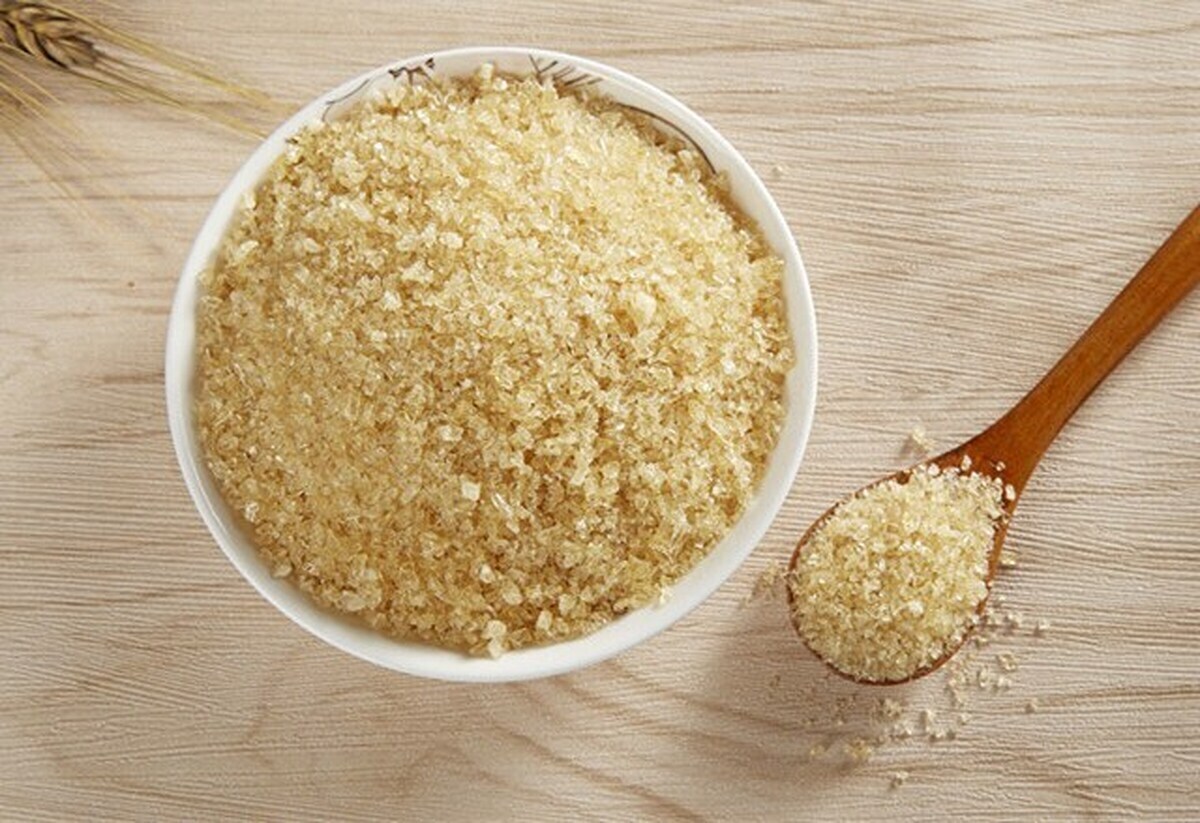Azad News Agency

“To identify the origin of gelatin, technologies like machine analysis, advanced molecular methods, advanced mathematical and statistical models and artificial intelligence are used,” said Hossein Rastegar.
Noting that by using these advanced methods and models, the center has even been able to obtain the differential diagnostic capability to identify the origin of gelatin from skin and bone, he said, “The findings of the Center have been published in the reputable journals.”
“Specialized plans and excellent monitoring in the field of health-oriented products are currently being implemented and followed up by this center,” Rastegar said.
In a relevant development late in 2022, an Iranian knowledge-based company had produced high-quality gelatin from poultry farms waste.
“Gelatin is a multi-purpose substance that is used in food, medicine, cosmetics and other industries as a gelling agent, stabilizer, thickener, emulsifier and film former as a capsule. It is a thermally reversible hydrocolloid, melting and gelation temperature of which is below the temperature of the human body,” Mojgan Asiayee, the managing director of Pishgaman-e Khalq-e Ideh Bartar Company, which operates with the support of Islamic Azad University, Semnan Branch, said in an interview with ANA.
“It is mostly produced from mammals’ body parts, including pig skin, cow skin, and bones. Some alternative sources such as fish and bird waste have recently attracted the attention of researchers and the industry as well,” she said while explaining about their product which is called ‘food and drug hydrocolloid’.
“Gelatins made from alternative sources (such as poultry waste) have been welcomed due to religious, cultural and health concerns shared by Jews, Muslims and Hindus. Moreover, this type of gelatin provides many technological advantages over mammalian gelatins,” Asiaei added.

